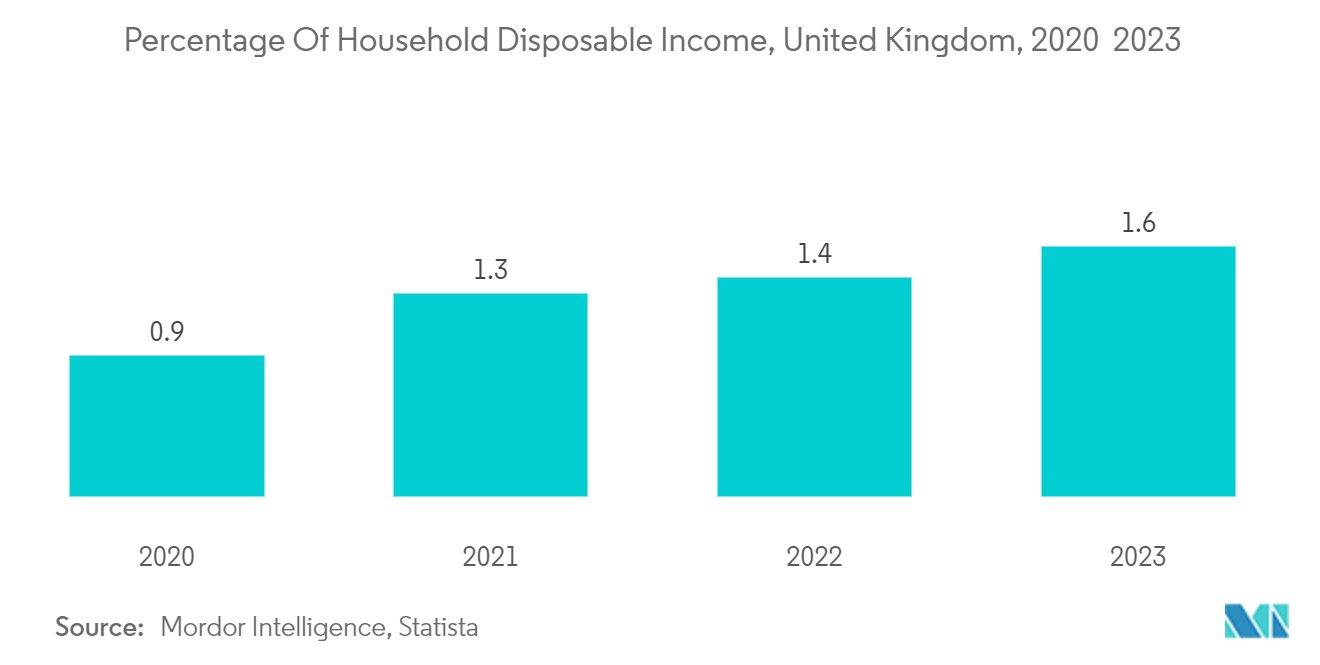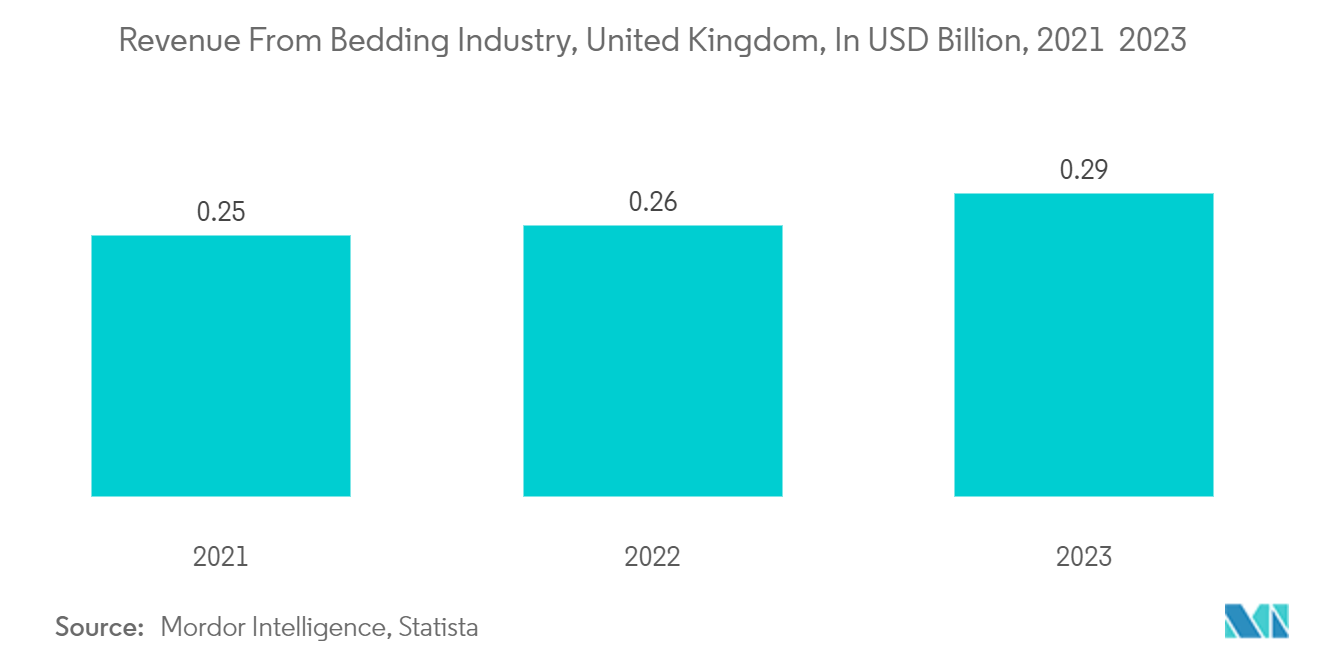Market Trends of Europe Bed And Bath Linen Industry
Growth in Disposable Income Among Households
Increasing disposable income provides households with greater purchasing power, enabling them to spend more on goods and services. Higher consumer spending stimulates economic activity, boosts demand for products and services, and supports business revenues and profitability. Rising disposable income allows households to improve their standard of living by affording a wider range of goods and services, including better-quality housing, healthcare, education, transportation, entertainment, and leisure activities. As households enjoy a higher standard of living, overall well-being and quality of life improve. With more disposable income available, households can save and invest for the future. Increased savings contribute to financial security, emergency preparedness, and long-term wealth accumulation. Investments in stocks, bonds, real estate, retirement accounts, and education funds help households build assets and achieve financial goals.

United Kingdom is one of the Prominent Markets for Bed and Bath Linen Products
The United Kingdom has a strong textile and fashion market with continuous growth. Among the EU countries, the United Kingdom almost consumes 17% of the total region's bed linen consumption. Consumers in the United Kingdom prefer organic textiles to reduce their environmental impact and enjoy eco-friendly products. On average, organic cotton usage in the United Kingdom is estimated to be more than 750 metric tons of fiber.
The market witnessed a continuing trend by manufacturers and retailers to relocate production overseas and source raw materials and products in low-cost countries, such as China and India. Key suppliers in the bed linen sector include Dorma, Vanguard Textiles, and Arthur Sanderson. Key towel suppliers include Christy and Stott & Smith. Industry surveys revealed that only approximately 5% of home textiles are collected for re-use and recycling.


